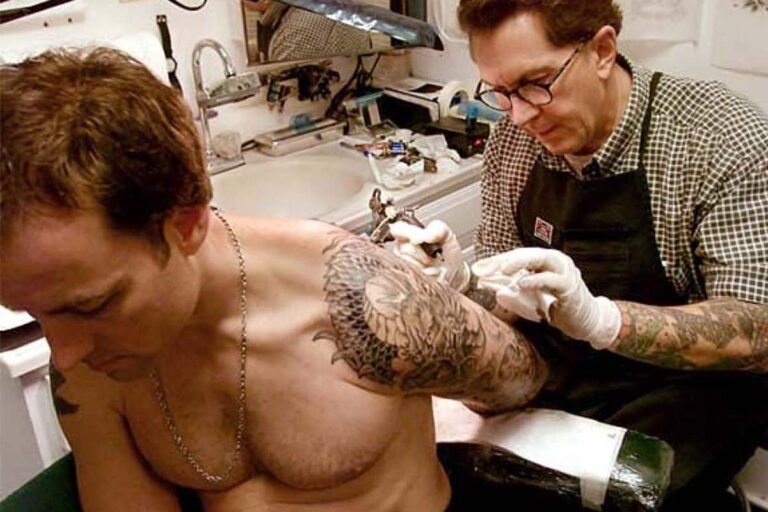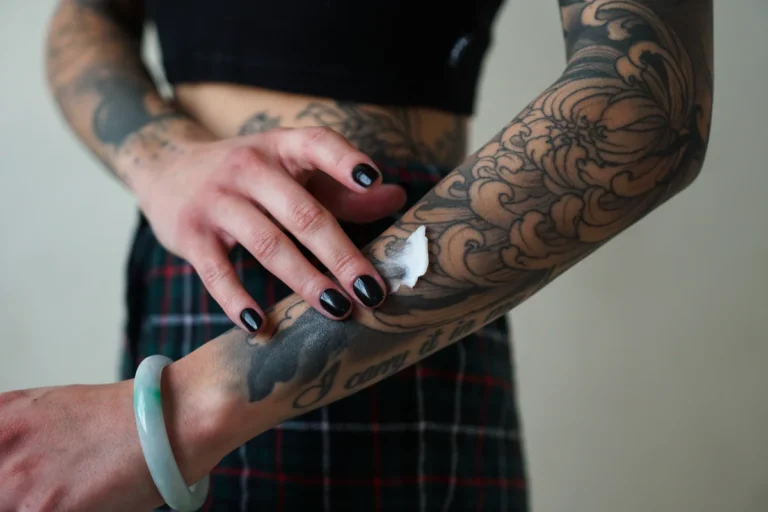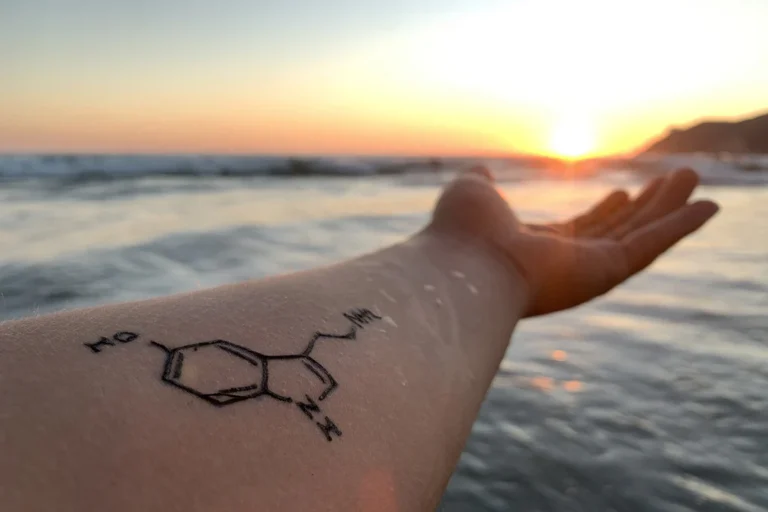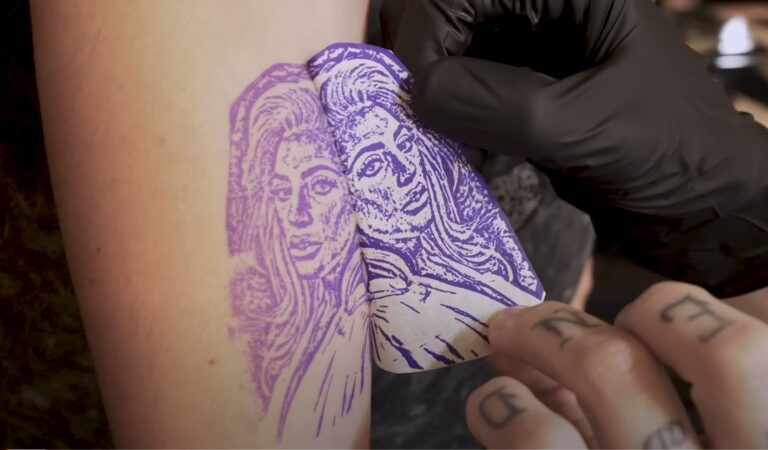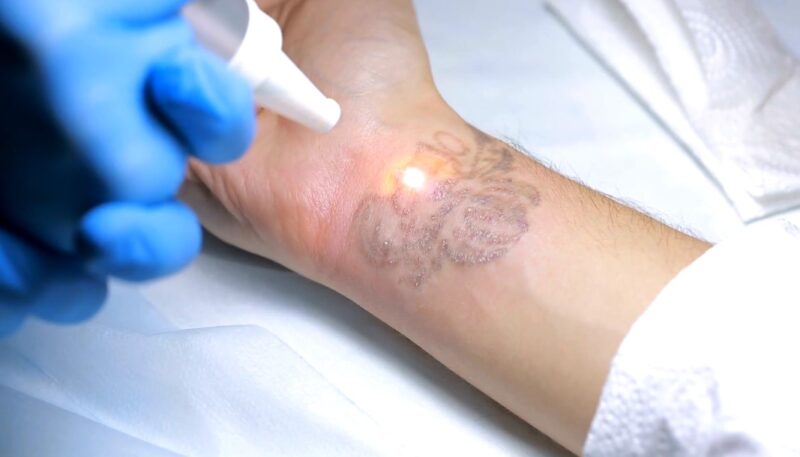Have you ever regretted getting a tattoo and wished you could erase it from your skin? You are not alone. According to a survey, 23% of Americans have at least one tattoo, and 17% of them have considered removing it. While there are many methods of tattoo removal, none of them are safe or effective to do at home.
In this essay, I will explain why tattoo removal requires professional care, what are the common techniques of tattoo removal, and what are the risks and complications of trying to remove it at home. Tattoos are permanent, but so are the scars and the damages that can result from trying to remove them yourself.
Why Is Professional Care Necessary?
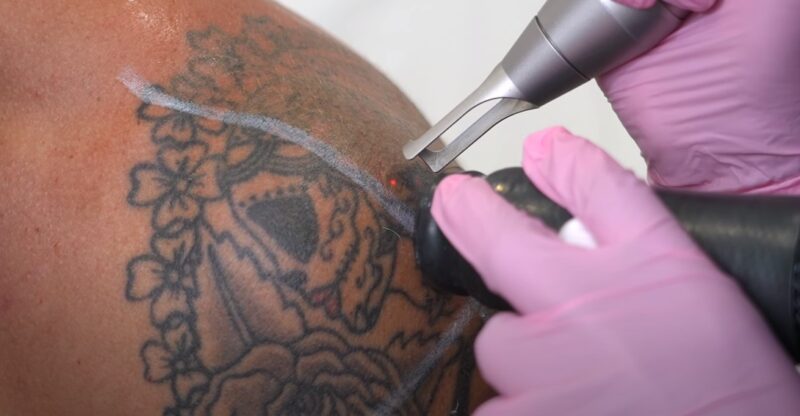
Tattoo removal is a complex and delicate procedure that involves breaking down the ink particles in the skin without damaging the surrounding tissue.
According to the American Academy of Dermatology, tattoo ink is placed beneath the top layer of the skin, which makes tattoo removal more difficult and expensive than the original tattoo application. This means that tattoo removal requires specialized equipment and expertise that are not available at home.
Some of the devices that are used by professionals to remove tattoos are Q-switched lasers, surgical scalpels, and dermabrasion machines.
These devices can deliver precise and controlled pulses of energy, heat, or abrasion to the tattooed area while minimizing the damage to the surrounding skin.
They also require proper calibration, maintenance, and sterilization to ensure their safety and effectiveness.
Professionals and Their Role
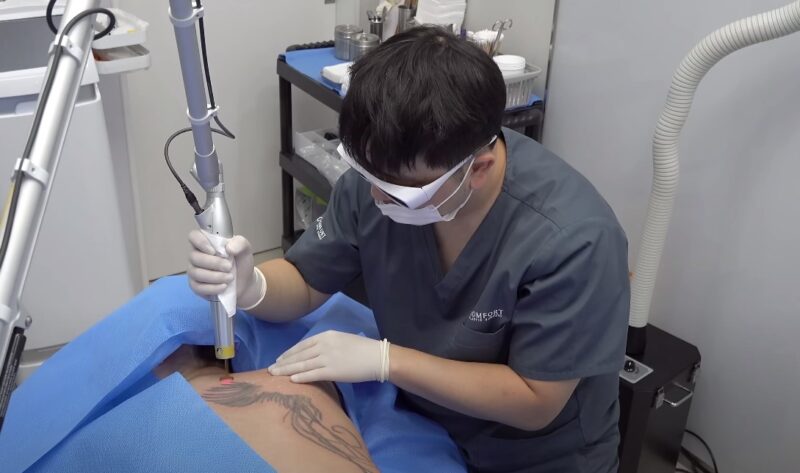
Furthermore, tattoo removal professionals have the knowledge and experience to assess the type, size, color, and location of the tattoo, and to determine the best technique, settings, and number of sessions for each case.
They can also provide local anesthesia, pain relief, wound care, and infection prevention to the patients. Therefore, it is not advisable to attempt tattoo removal on your own, as you may end up causing more harm than good.
Instead, you should consult a dermatologist who can recommend the best option for your tattoo removal. A dermatologist can also inform you about the possible risks, complications, and outcomes of the procedure, and help you set realistic expectations.
Tattoo removal is not a simple or quick process, and it may take several months or years to achieve the desired results. By seeking professional care, you can ensure that your tattoo removal is done safely and effectively.
Common Removal Techniques
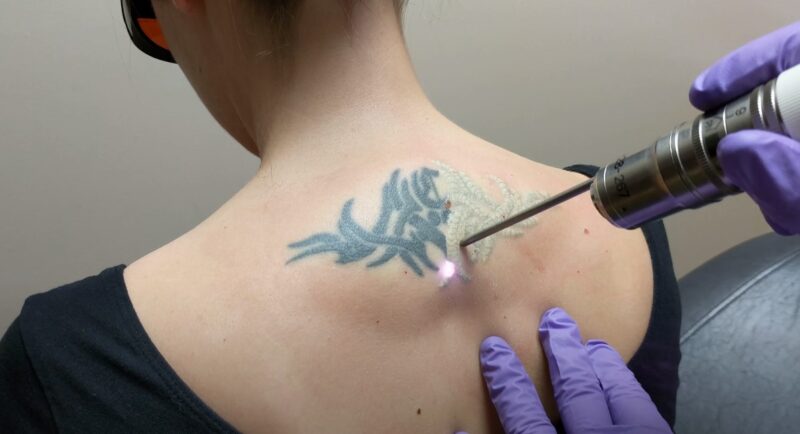
There are several ways to approach tattoo removal, but the most common and effective ones are laser surgery, surgical removal, and dermabrasion.
Laser Surgery
Laser surgery utilizes a Q-switched laser that emits energy pulses to heat and break down the ink particles within the skin. It can target different ink colors and minimize scarring during tattoo removal.
However, it may involve pain, high costs, and a lengthy process, often requiring multiple sessions and weeks of healing between each session.
Surgical Removal
Surgical removal entails cutting out the tattooed skin and suturing the surrounding skin together. This method can completely and swiftly remove tattoos but may leave noticeable scars.
It’s not always suitable for large or intricate tattoos and carries risks such as bleeding, infection, and potential nerve damage.
Dermabrasion
Dermabrasion involves using a rotating device to sand the skin’s surface, removing the upper skin layers and tattoo ink. The method can be cost-effective and faster than laser surgery but may be more painful and less effective, often unable to reach deeper ink layers and leaving traces of the tattoo.
Dermabrasion can also lead to skin irritation, inflammation, and discoloration.
Possible Risks and Complications
Trying to remove a tattoo at home can result in serious and permanent consequences, such as scarring, infection, skin discoloration, and allergic reactions.
Infection Risks
Failure to maintain adequate cleanliness and sterilization during at-home tattoo removal can result in infections. Symptoms may include redness, swelling, pus formation, fever, or even sepsis.
Infections not only harm the skin but can also damage underlying tissues, increase scarring risks, and prolong the healing process.
Skin Discoloration
Skin discoloration may occur if the laser or dermabrasion device used is unsuitable for your skin tone or tattoo ink color. This can lead to hypopigmentation (skin color loss) or hyperpigmentation (darkened skin).
Skin discoloration may be temporary or permanent and can significantly impact your appearance and psychological well-being.
Allergic Reactions
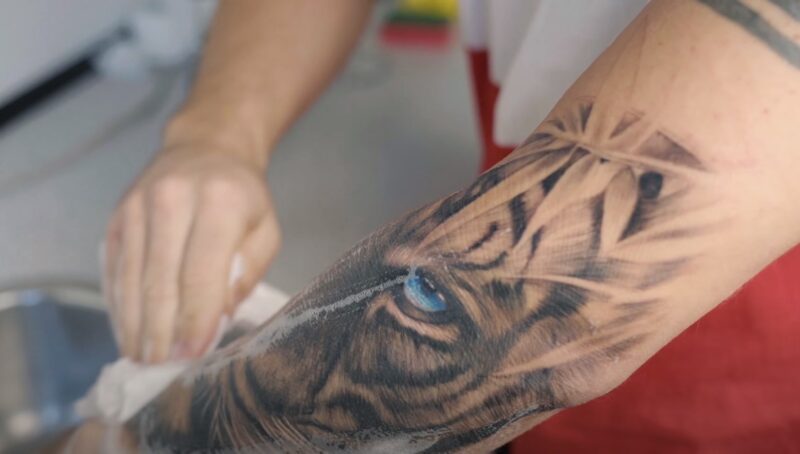
Allergic reactions can be triggered by ink fragments or chemicals found in certain tattoo removal creams.
These reactions often manifest as:
- Rashes
- Hives
- Blisters
- Itching
- Burning
- Swelling
In severe cases, they can even lead to anaphylaxis, a life-threatening condition that impairs breathing and circulation, affecting not only your skin but other organs as well.
These complications can worsen your skin’s condition and overall health, potentially requiring further medical intervention.
Seeking professional advice and diligently following aftercare instructions can help avoid or mitigate these risks.
Professional tattoo removal providers assess your skin’s condition and tattoo characteristics, recommending the safest and most appropriate technique for each patient.
The Bottom Line
Removing a tattoo at home is not a simple or easy task. It can be painful, risky, and ineffective. There are many methods that claim to erase tattoos at home, such as creams, acids, salt, and lasers, but none of them are proven to be safe or reliable.
Some of them can even cause serious damage to the skin, such as infections, scars, burns, and discoloration.
The best way to remove a tattoo is to consult a professional dermatologist or a licensed tattoo removal specialist, who can use advanced techniques and equipment to safely and effectively remove unwanted ink.


